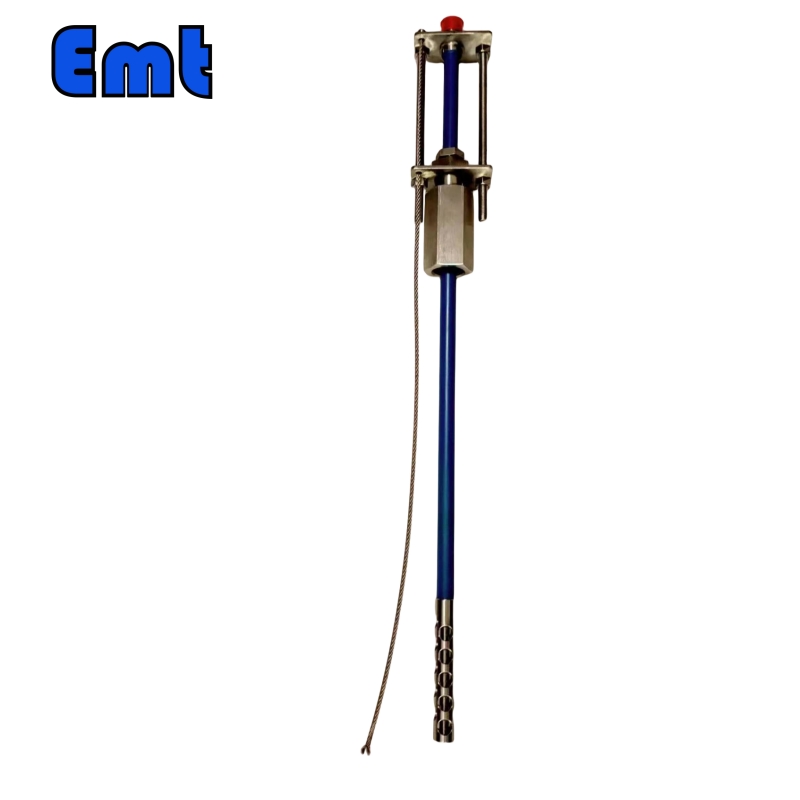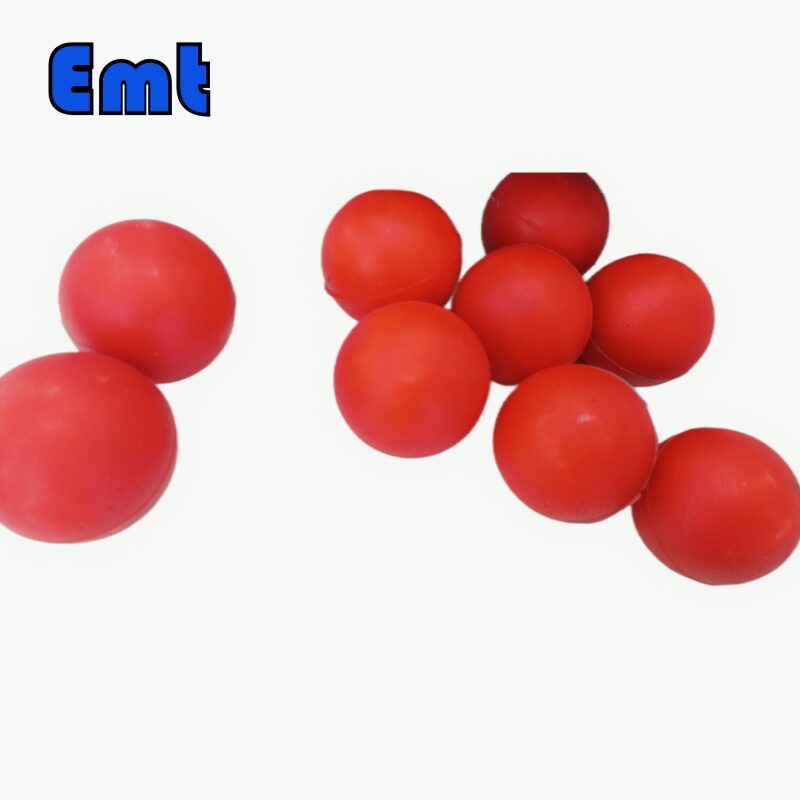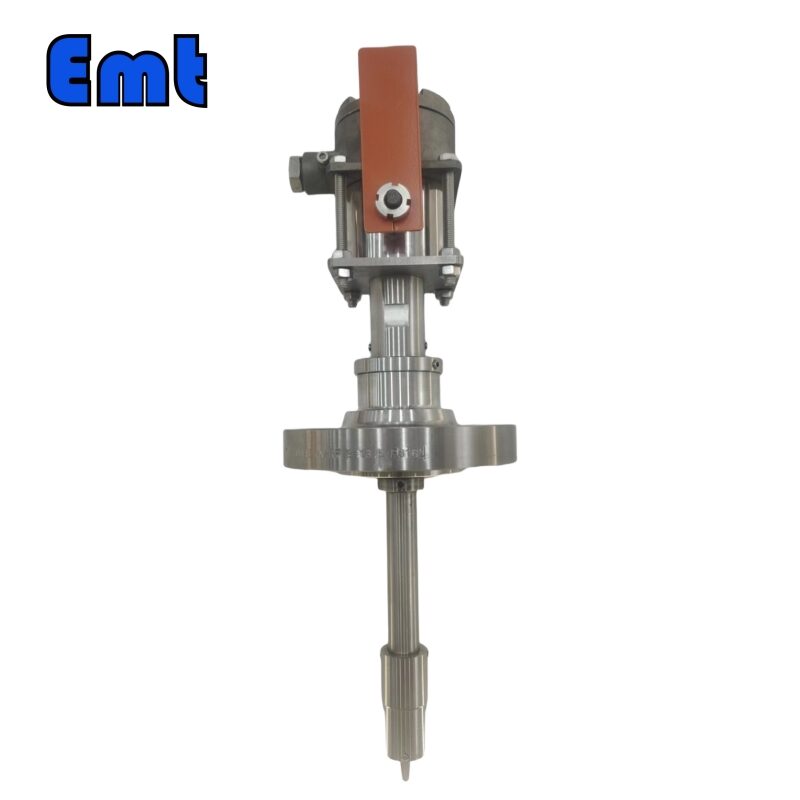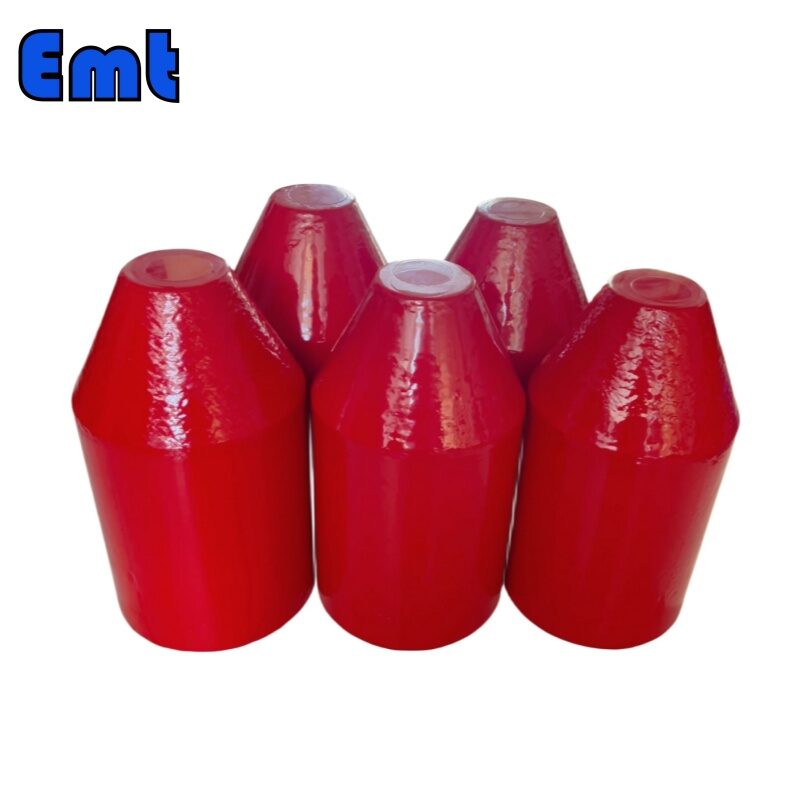Description
Corrosion monitoring is the use of an etchant or a set of methods. And it is a device to provide offline or online information on corrosion rates expressed in mpy. For better maintenance, and to take or improve preventive measures to resist and prevent corrosion.
Introduction to Corrosion Monitoring Probe
ER Corrosion Monitoring Probe is usually used in the oil industry, chemical processing industry, and other environments that need to detect corrosion rates online. A corrosion probe can detect corrosion rate without removing the probe. Because these probes are manufactured in-house. We can provide fast turnaround times and products according to your requirements for temperature, pressure, and other conditions. The working principle of the resistance probe is based on the resistance change of the probe element when exposed to corrosive conditions. You can use resistance probes in both conductive systems and non-conductive environments such as oil, gas, and atmosphere. The wire and ring elements are Teflon or glass-sealed. Sensing elements are available in a variety of materials and thicknesses. The speed/safety shield reduces the speed of the fluid around the sensing element to protect it from floating debris.
What is Corrosion Monitoring?
There are many ways to prevent and protect against corrosion, such as cathodic protection, selection of suitable chemicals, and injection such as corrosion inhibitors. However, to assess the effectiveness of these methods and measures, one must carry out corrosion monitoring and adjust or optimize protection methods if necessary based on the monitoring results. In many industries, companies often take preventive measures to prevent corrosion, but if they do not clearly understand how effective these measures actually are, their protection efforts can be inadequate or excessive, resulting in a waste of money and resources.
Technical Specifications
Technical specifications | |
| Output signal | Wired form: RS-485 signal; |
| Wireless form: LORA, 4G/5G wireless network signal | |
| Power supply voltage | 9-36VDC |
| Rated operating voltage | 9VDC |
| Meter power consumption | 5.4W (Wired) |
| Linear | 0.0015% non-linear |
| Resolution | 17 bit |
| B | 25.6 mV |
| Accuracy | ±0.2% F.S (full scale) |
| Corrosion rate range | When the electrode area is 1cm², the measurement range is 4X10-4~10mm/a |
Working and storage conditions | |
| Operating temperature | -40~70℃ |
| Storage temperature | -40~85℃ |
Structural parameter | |
| Protection level | IP66 |
| Shell material | Cast aluminum or PVC, aviation aluminum, stainless steel can be customized |
| Process interface | 7/8-20UNEF (Insert probe) |
| Electrical connection | M20*1.5mm |
| Access cable Model | RVVP 2*1.5mm² (minimum application standard) |
| Installation | The probe is installed directly on the pipeline, and the transmitter can be installed in one piece or separately through the cable |
| Weight | 500g |
| Split type accessory | Interface: MS-14-6S double female head |
| Split connection cable | Cable length: 1-3 meters can be customized |
Authentication | |
| Hazardous area certification | EX-d IIC T4 Gb |
Selection Model of EMT Corrosion Probe
| Model | |||||||||||||||
| ECP | Electrical Resistance Probes | ||||||||||||||
| -Code | Plug | ||||||||||||||
| Type | Material | Sealing material | |||||||||||||
| 0 | Not Required | 0 | Carbon steel | 0 | Not Required | ||||||||||
| 1 | Hollow plug | 1 | 316 stainless steel | 1 | Fluorine rubber sealing ring/PTFE main seal | ||||||||||
| 2 | 316L stainless steel | 2 | HNBR | ||||||||||||
| 3 | F51 duplex stainless steel | ||||||||||||||
| Pxxx | 4 | INCONEL nickel based alloy | |||||||||||||
| -Code | Temperature and pressure gauge assembly | ||||||||||||||
| Txxx | Connection size | Body material | Temperature and pressure gauge material | ||||||||||||
| 0 | Not Required | 0 | 304 stainless steel | 0 | Not Required | ||||||||||
| 1 | 1/2″ | 1 | 316 stainless steel | 1 | 304 stainless steel | ||||||||||
| 2 | 3/4″ | 2 | 316L stainless steel | 2 | 316 stainless steel | ||||||||||
| 3 | F51 duplex stainless steel | ||||||||||||||
| -Code | Probe assembly | ||||||||||||||
| Dxx | Connection size | Body material | Pipeline specification (x ″) | ||||||||||||
| 0 | Not Required | 0 | Carbon steel | Probe length varies with pipeline specifications | |||||||||||
| ‐Lx″ | 1 | 1/4″ | 1 | 304 stainless steel | |||||||||||
| 2 | 1/2″ | 2 | 304L stainless steel | ||||||||||||
| 3 | 316 stainless steel | ||||||||||||||
| 4 | 316L stainless steel | ||||||||||||||
| 5 | F51 duplex stainless steel | ||||||||||||||
| Example: ECP-P121-T021-D02-L6 “ | |||||||||||||||
| ECP: resistance probe assembly; | |||||||||||||||
| P121: The hollow plug material is 316L, with fluoro rubber ring and PTFE main seal; | |||||||||||||||
| T201: The size of the temperature and pressure gauge assembly connector is 3/4″, and is made of 304 stainless steel. The temperature and pressure gauge is made of 304 stainless steel; | |||||||||||||||
| D02: The probe connection size is no need, and the probe body is made of 316L stainless steel; | |||||||||||||||
| L6″: The probe length is suitable for a 6″ pipeline. | |||||||||||||||
Conclusion
Corrosion probes play a crucial role in monitoring and mitigating corrosion in various environments. By providing real-time data, these probes allow operators to assess the effectiveness of corrosion protection methods and make necessary adjustments. Their use in industries such as oil and gas, water treatment, and chemical processing. It helps maintain the integrity of infrastructure, ensuring safety and efficiency. Through continuous monitoring, corrosion probes enable proactive maintenance, reducing the risk of unexpected failures and optimizing resource utilization.
Corrosion probes empower industries to detect early signs of corrosion, enabling timely interventions. They enhance operational reliability and extend the lifespan of equipment by providing valuable insights. By integrating corrosion probes into maintenance strategies, companies can significantly reduce downtime and maintenance costs, ensuring smoother and safer operations.

-300x300.jpg) Foam Pig With Brushes
Foam Pig With Brushes 








Reviews
There are no reviews yet.